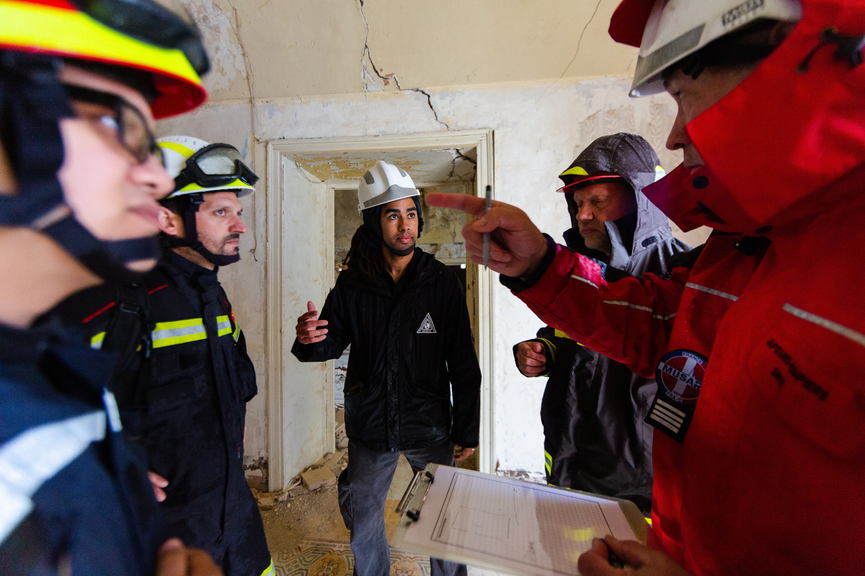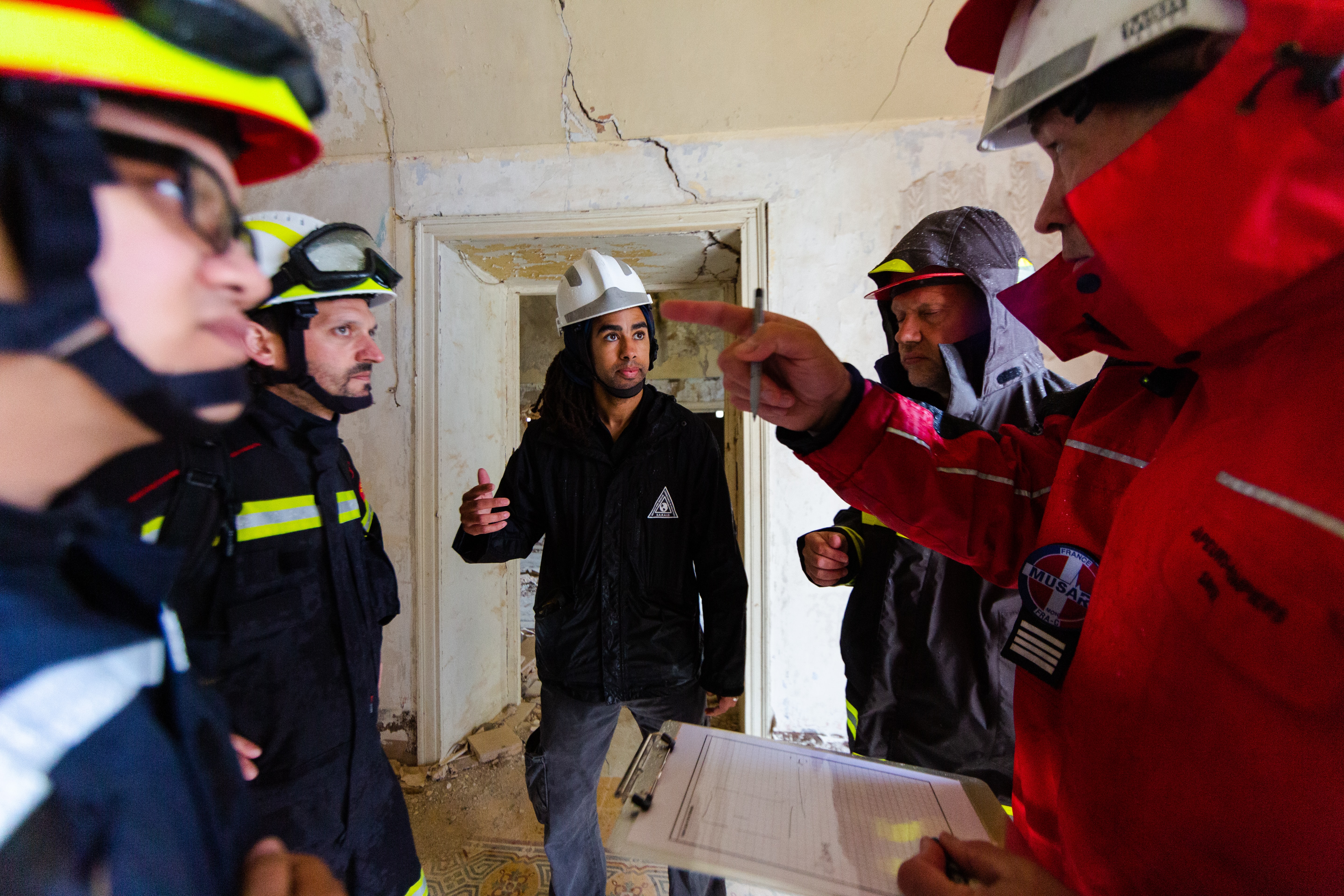Team Structures

Multiple team structures can work to deliver software projects. There is no real one size fits all, however, there are common components that can be seen across different structures. At San Digital we believe that Engineer-led teams deliver great results for short duration high-impact projects.
One of the first discussions of software development team structure was in Fred Brook’s “The Mythical Man-Month: Essays on Software Engineering” written in 1975. The most famous principle discussed in the book is that adding more developers to a late project will actually delay it further. There is, however, discussion of the most appropriate structure for dividing up and delivering a software project.
“Mills proposes that each segment of a large job be tackled a team, but that the team be organized like a surgical team rather than a hog-butchering team. That is, instead of each member cutting away on the problem, one does the cutting and the others give him every support that will enhance his effectiveness and productivity.”
This quote from the book sounds like an episode of Mad Men, the book even talks about team secretaries, but the intent is obvious, split the work up into team sized chunks and then support someone in getting the work done. The context for this team structure is important though, it’s from an era of punched cards and time-shared access to machines. Very few people had the skills to design software and computer access was limited, so the intent was to remove any obstacles and make best use of resources in the most organised way possible.

Whilst skilled developers are still scarce access to compute is now ubiquitous reducing the need to manage access.
In the spring of 2000, a group of 17 developers wrote the Agile Manifesto which details 12 principles for software development that aim to improve the development process. The only mention of anything close to team structure in the manifesto is:
Some of these imply a structure but there is nothing explicit. In the years since the manifesto was written Agile with a capital A has grown with various methodologies wrapping themselves around the original intent of the manifesto as a mechanism to sell consultancy. As a result, a semi “standard” team structure has been created along with an associated set of ceremonies. A full cross-functional agile team tends to have a:
The ceremonies generally are adapted from the scrum methodology with daily stand ups, sprints, print planning and retrospectives. Team members from the business are included in all ceremonies.

The ceremonies associated with agile e.g. the daily stand ups, are intended to ensure that there is communication between all of the team members and the business representatives. In practice, over a project of any length the business representatives become fatigued and attendance to the ceremonies decreases, interaction becomes mediated via the product owner and business analyst creating a disconnect.
Also, as some team members are not fully utilised, they will be on multiple projects that can cause issues with bloated teams. In some cases team members may even be full time on a project full time but finding work to fill time. Finding work is wasterful at best, and has the potential to be very detrimental to the project.
Agile as a set of principles works and delivers value, agile teams delivered by large consultancies do deliver results but can be very costly and risk losing the close collaboration between business and implementor.
Not in this case Just a bunch of disks, more a bunch of Developers. This is what happens when an agile team is created in an ad hoc way with people that have never worked together before and have to build relationships with each other as well as the business to get anything done. This can work out just fine, but it can also go badly wrong.

An engineer-led team can work within any methodology the key difference is prioritising communication between the implementing individuals and the business domain experts. Reliance on partial roles is also minimised by ensuring that members of the team have multiple skill sets e.g., a User Experience Engineer would cover roles traditionally defined as UX Designer 50% and Front-End Developer 50%. A single individual with both capabilities reduces communication and context switching for the whole team.
There are many places where capabilities are adjacent and can be amalgamated under a delivery focused role, this isn’t pre-defined and is very much determined by the teams make up.

Other functions need to be in place to enable the team e.g., delivery and project management but these should be in service to the Engineer-led team in a similar way to the Surgical Team but focused on a team not an individual.
If skills are required but not available in the team an expert should be seconded to the team with spare capacity to be able take the time to pair with one of the team members to help broaden their knowledge. A good example of this is solution architecture – an engineer could gradually increase their understanding by pairing, and then over time produce designs that are reviewed by an expert.
This team structure does not aim to produce the proverbial “Jack of all trades, master of none”. But more to create a T-shaped skill set, on the assumption that an individually fully engaged with the domain and user needs is more important than absolute mastery. Where depth of knowledge is required, it can be applied through pairing and review, which also serves to share knowledge and develop individuals.
An Engineer-led team aims to make the best of Agile and Surgical teams while avoiding the lack of cohesion that comes from a “bunch of developers”. Engineer-led is not ideal for all project types, however, for high impact (short, high value) projects the lower utilisation can be tolerated in exchange for lowering the outcome risk.
Let’s do something great